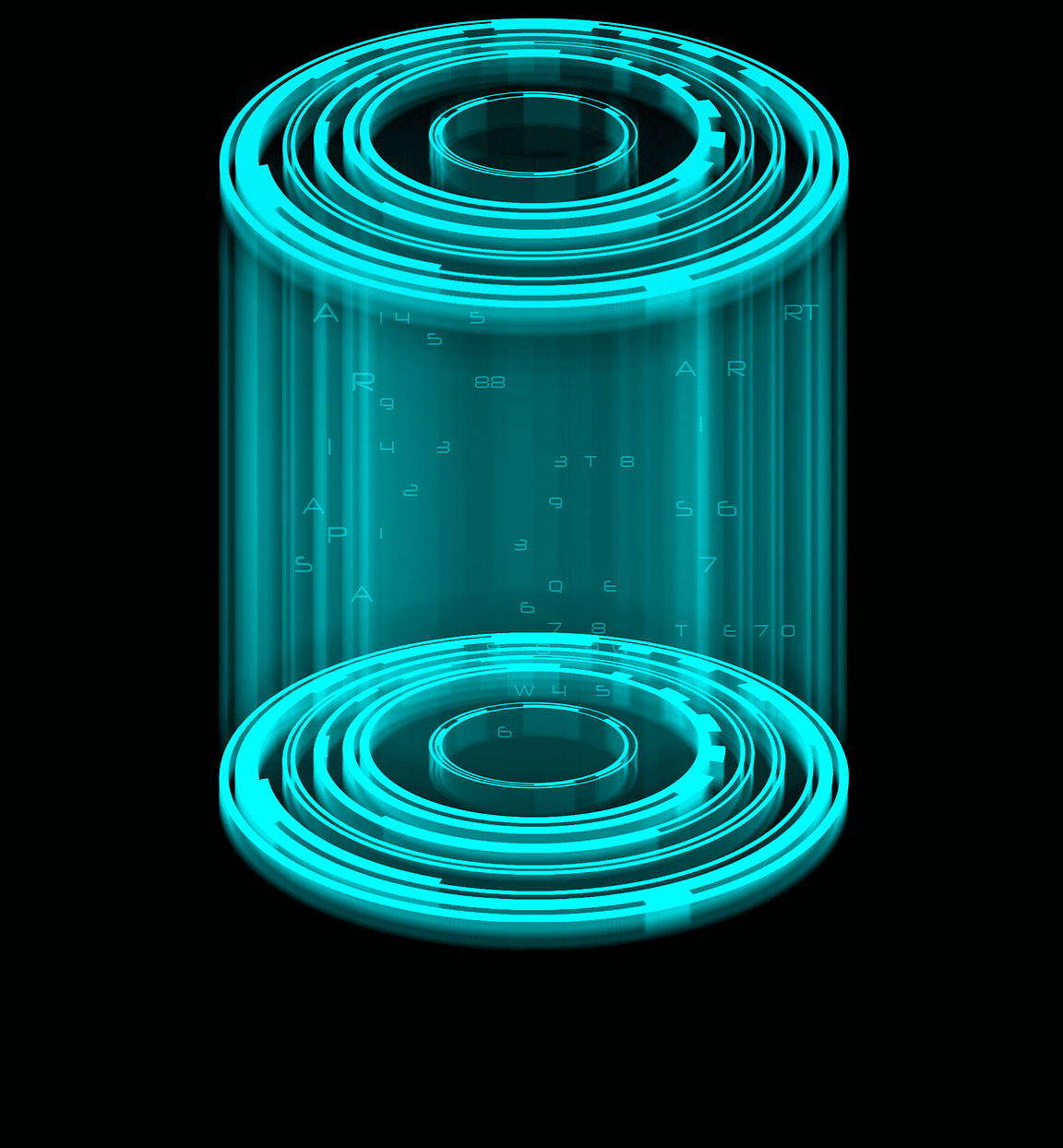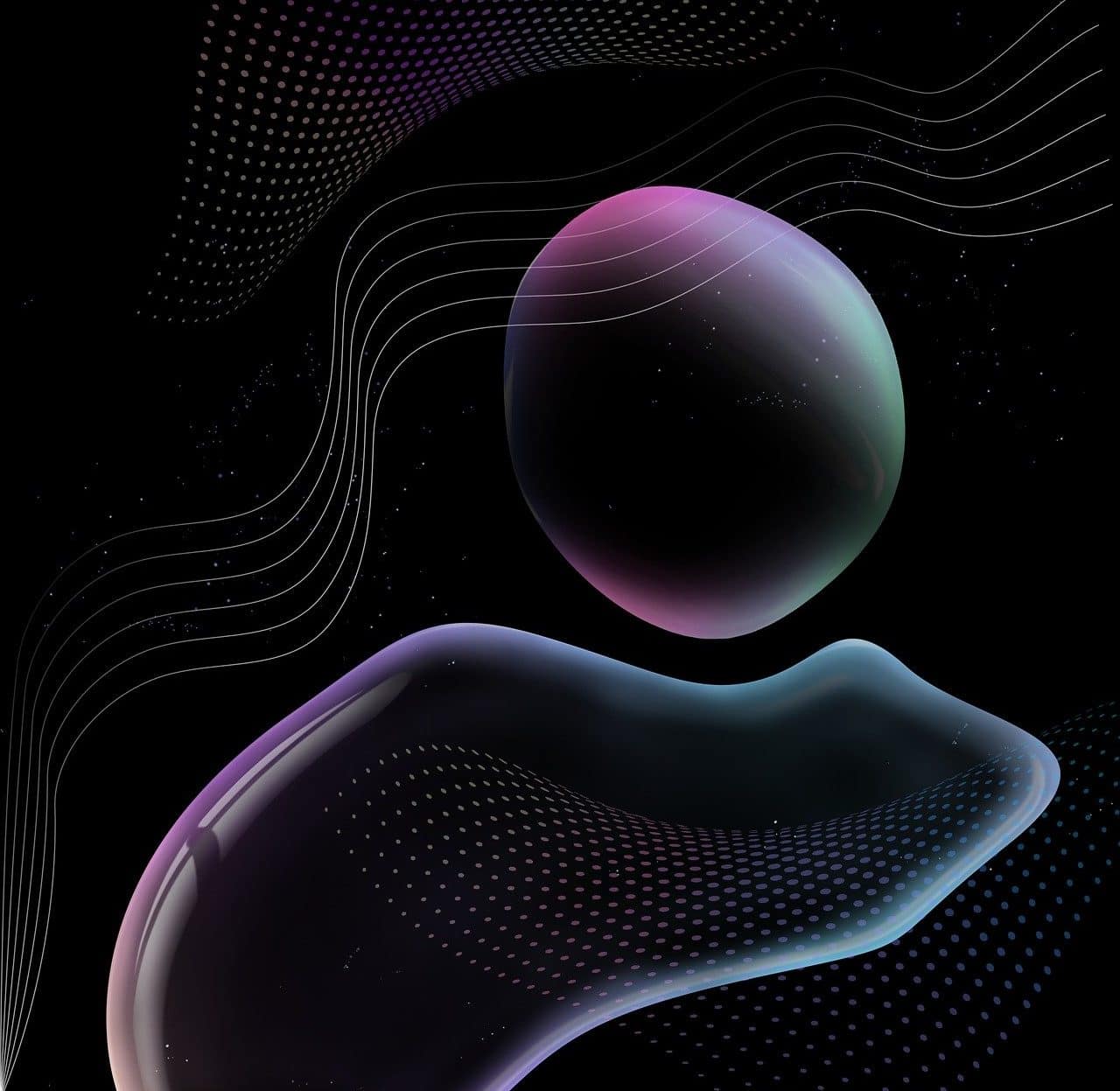
Each virtual three-dimensional image obtained from a technique called holography is known as a hologram.
Holography is a term that refers to a photography technique aimed at obtaining three-dimensional color content from a laser lighting process, as well as the image that results from the application of said method. It is also common to use the concept of hologram to identify the optical image or photographic plate that is achieved through holography .
In this procedure, which involves the use of a laser beam to record a photosensitive film at a microscopic level, light acquires central importance. The mechanism, according to experts on the subject, begins with a laser-type light beam (called a reference beam ) that is partially pointed towards the engraving medium (usually a high-resolution photographic emulsion). The remaining part of the beam (called the object beam ) is responsible for illuminating the element that it disperses. These distributed waves form, in the recording medium, a stable interference pattern , whose permanent recording is defined as a hologram .
There is, in this framework, an instance of image reconstruction . In this regard, it is noted that when the hologram is illuminated by a light beam with characteristics similar to the reference beam , the wave that is transmitted is segmented into two components. One of them diffracts in such a way that it makes an exact (identical) reproduction of the wave corresponding to the original element. That is to say: in a first part of the art of holography, a hologram is achieved from the recording of an interference pattern , while in a second stage, thanks to light, a replica similar to the original object wave is obtained. .
History of holography
When going back in time in search of the origins of holography, it is noted that the history of this technique began thanks to Dennis Gabor . Having discovered holography while searching for a way to improve the definition and resolution of an electron microscope earned this Hungarian-born physicist a Nobel Prize in Physics . As at that time (approximately around 1948 ) there was no appropriate source of powerful monochromatic light , the discovery was held up until, with the arrival of the laser , it gained strong momentum.
On American soil, physicists Juris Upatnieks and Emmett Leith made valuable contributions to the field of three-dimensional holography . The Soviet Yuri Denisiuk also made important contributions in relation to holography .
With the passage of time and the advancement of technology , this technique has been used in more and more areas and activities.

Holography is a technique that is used and appreciated in numerous scientific and artistic fields.
Varieties of holograms
Numerous varieties of holograms are recognized in practice, one of the oldest being the on-axis hologram which, because it was generated based on the method developed by Dennis Gabor , was immortalized as the Gabor hologram . Others have also emerged, such as the Fresnel hologram (which alludes from its name to the French engineer and physicist Augustin Fresnel , key to the knowledge of the wave theory of light ). At the impulse of Stephen A. Benton , meanwhile, the multicolor hologram (also cataloged as a rainbow hologram ) was born.
The composite hologram (formed by superimposing a pair or more holograms ), the shadow hologram (constituted by using a continuous wave laser), the analog hologram and the digital hologram , as well as the volume hologram, the multiple images and the phase hologram also appear in the list of types of holograms that have been invented throughout history .
Types of holography
Beyond being able to appreciate the particularities of multiple types of holograms , it is possible to distinguish between numerous types of holography .
A permanent hologram can be obtained, for example, by static holography , in which there is a sequential order to the periods of recording, developing and image reconstruction.
White light transmission holography , to add another reference, was invented by Stephen Benton , who proposed a deep and brilliant holography characterized by being visible in common light.

Offline holography, dynamic holography, 3D display holography and double exposure holography are some modalities that give diversity to the field of holography.
Scientific experimentation and technological evolution have led to a relevant announcement about a modern alternative to quantum holography , an option that proposes the use of laser light whose rays, unlike the typical process of classical holography , do not come together (the beams They are always kept separate. Thanks to this discovery, medical images could be obtained with more details and greater sharpness, for example.
It is enriching to even indicate that innovation is also being done at the level of nanoholography in search of holographic results that offer more efficiency and are more compact. Nor can we fail to highlight the growth that the field of neutron holography and the benefits of computational holography have had.
